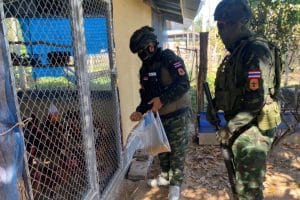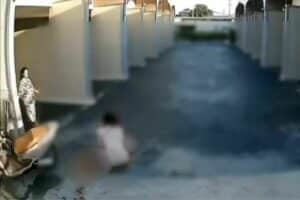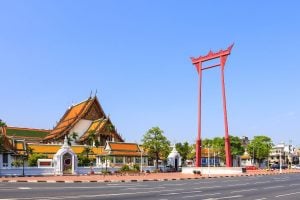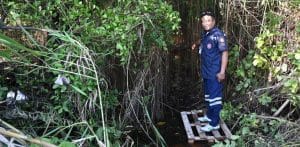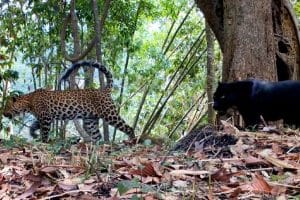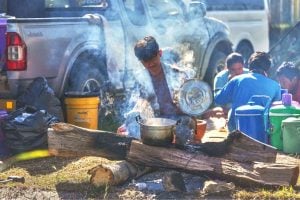Phuket fights erosion as turtles and dugongs make a comeback
Wooden barriers, tree planting and marine nurseries anchor long-term strategy to save Thailand’s sinking shores
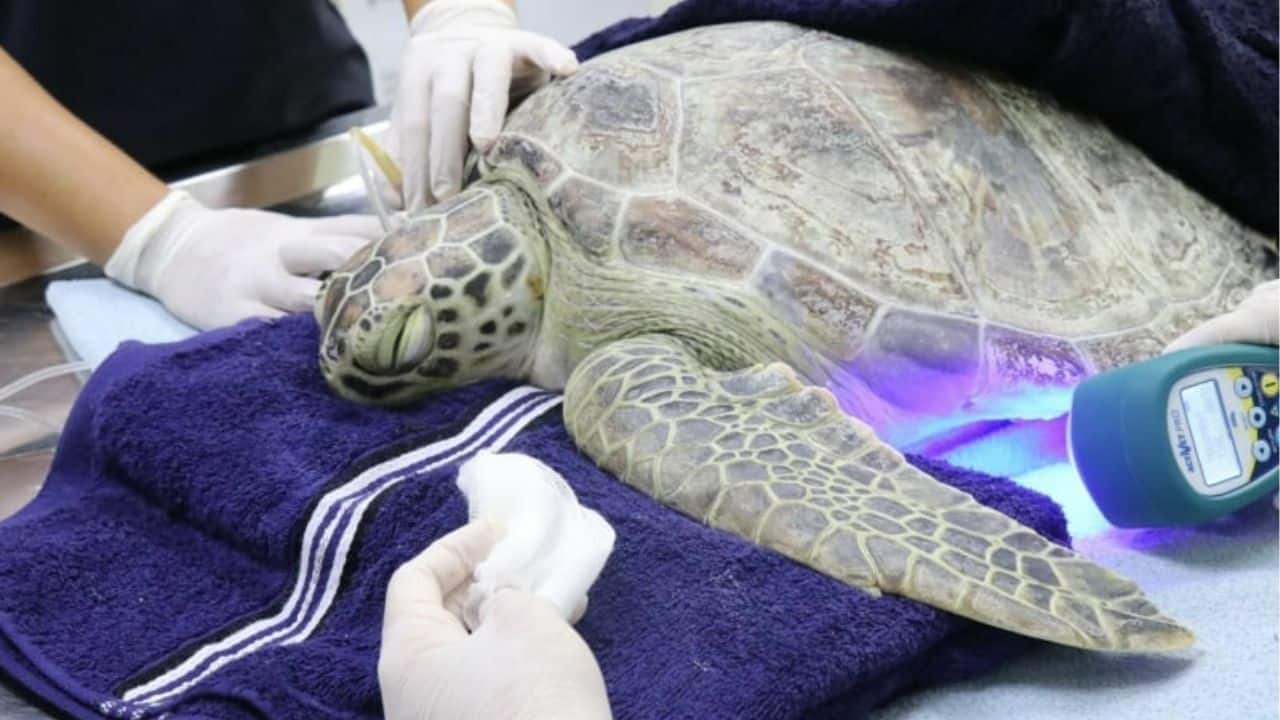
Minister of Natural Resources and Environment Chalermchai Sri-on has announced an urgent expansion of erosion control efforts at Sai Kaew Beach in Sirinat National Park near Phuket, following severe shoreline damage and disruption to local communities caused by last year’s monsoon season.
During an inspection on May 3, Chalermchai revealed that erosion had severely disrupted transport routes and threatened nearby communities. In response, officials are ramping up an eco-friendly solution already showing promise—zigzag wooden fences designed to trap sand and restore the beach naturally.
“This approach has already brought back 30 to 50 metres of beach,” Chalermchai said. “We’ll extend the model with tree planting to strengthen the coastline.”

The initiative is part of a broader strategy to protect Phuket’s vulnerable shorelines, balancing environmental sustainability with community resilience.
Chalermchai also visited the Andaman Sea and Coastal Resources Research Centre at Cape Panwa, where he was briefed on ongoing marine conservation projects and the progress of the Thai Marine Life Museum, a new landmark honouring Princess Sirivannavari Nariratana Rajakanya.
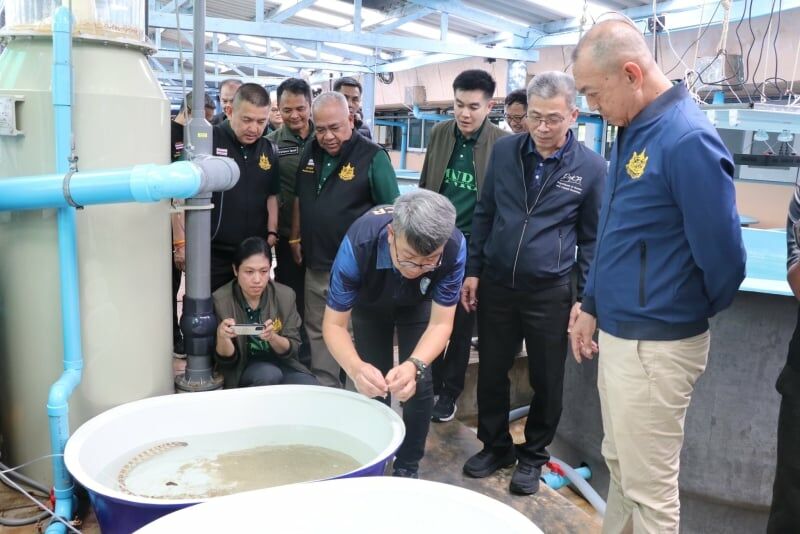
Set to become Southeast Asia’s largest marine archive, the museum will house over 200,000 samples, including more than 250 newly identified species. The site also hosts nurseries for endangered creatures such as leatherback turtles and leopard sharks, and has rescued more than 800 stranded marine animals since 2019.
“This museum is a vital hub for research, education, and awareness,” said Chalermchai.
Before arriving in Phuket, the minister toured Trang, where he lauded the successful restoration of dugong habitats near Koh Libong and Koh Muk. Recent surveys revealed 25 dugongs, including mothers with calves, grazing in restored seagrass meadows, reported The Phuket News.

“This is clear evidence of ecosystem recovery and active reproduction,” Chalermchai said, praising the coordinated work by the Department of National Parks, local communities, and conservation groups since last year.
He urged all stakeholders to maintain momentum. “We must keep working together to protect these species and preserve seagrass meadows to ensure the dugong’s survival in Thai waters.”
With royal-backed research centres, expanding coastal projects, and baby dugongs making a comeback, Thailand’s environmental battle is gaining serious ground—and it all starts at the shoreline.
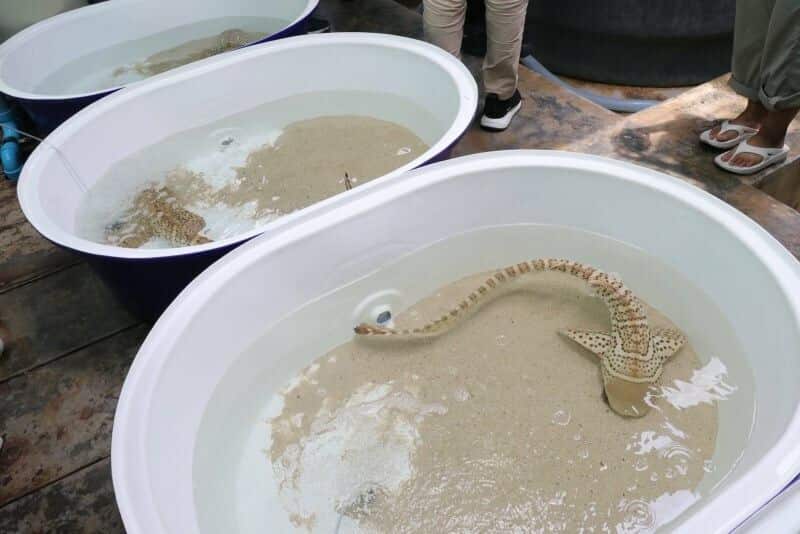
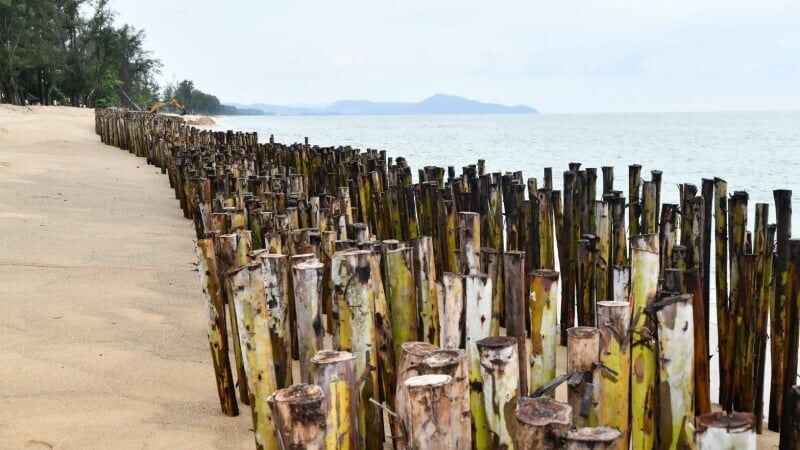
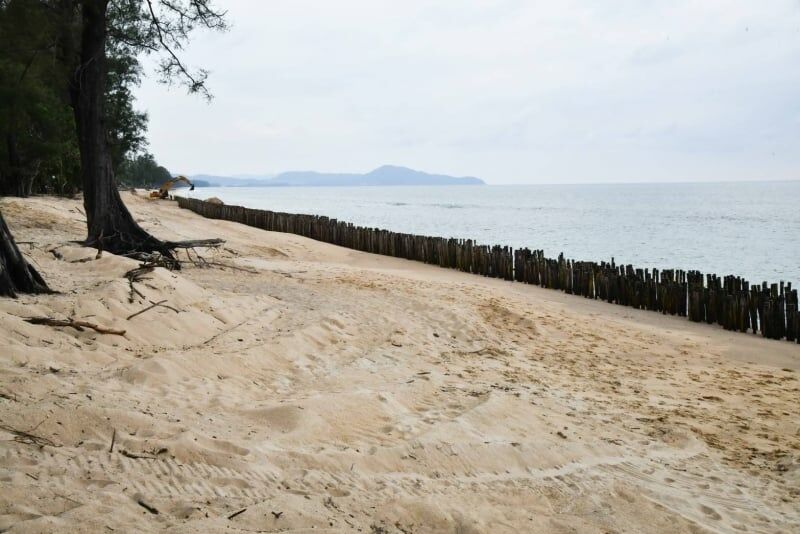
Latest Thailand News
Follow The Thaiger on Google News:



